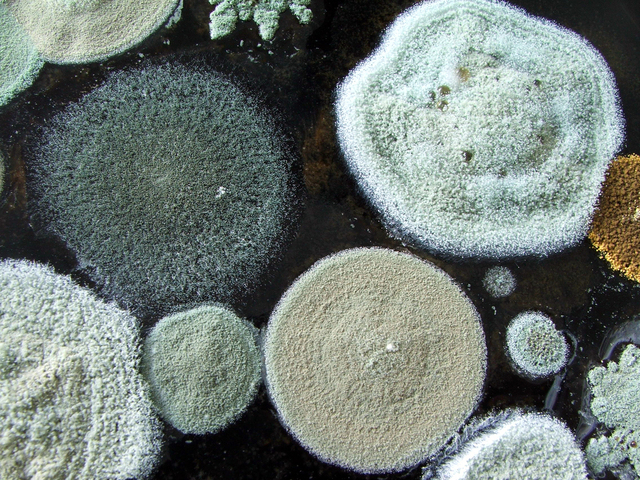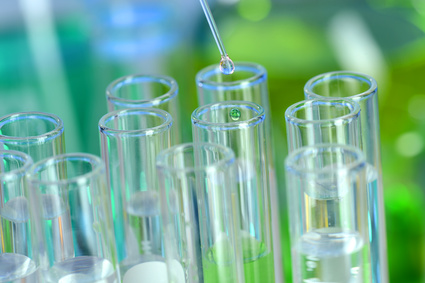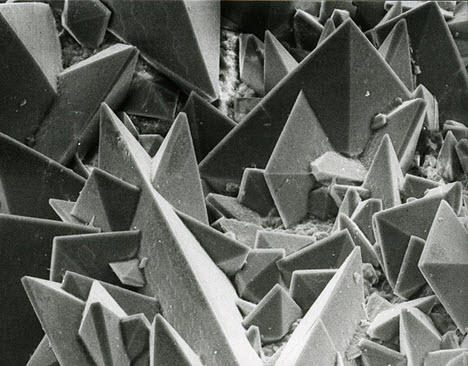NOTE: This test is ONLY AVAILABLE TO AUSTRALIAN RESIDENTS.
Dr Ritchie Shoemaker Protocol
Mould illness or Chronic Inflammatory Response Syndrome (CIRS) is a common but poorly recognized condition because of many debilitating (but not obvious) symptoms including chronic fatigue, generalised pain, headaches, depression, sinusitis, rashes and anxiety. Many of these conditions are caused by exposure to the interior environment of water damaged buildings (WDBs). These organisms grow on household surfaces that have high cellulose content, such as wood, fibreboard, gypsum board, paper, dust and lint. The most common types of mould that are found indoors include: Cladosporium, Penicillium, Alternaria, Aspergillus and Stachybotrys (black mould).
Mould Biotoxins are shed into the environment of WDBs and are acquired into the body via foods, water, air, or insect bites. They cause inflammatory responses via influencing/affecting signalling pathways in the body, releasing inflammatory cytokines. They aggravate existing lung diseases, and can cause inflammation of the lungs.
In the general population, biotoxins are removed from the body via the bloodstream through the liver or alternatively broken down by the body’s immune system and excreted out of the body.
However, in patients with a compromised immune system (either genetically or environmentally), biotoxins can remain within the body for lengthy periods of time and exacerbate the above conditions. This susceptible group seem to be unable to clear mould toxins easily and efficiently. Their symptoms though are often vague, since toxins can affect any body organ.
Since mould toxins cause inflammation through activation of cytokines, there are a number of lab tests which can show the effects of inflammation.
Mycotoxin Testing Australia: What the Test Looks At
The test looks for elevated levels of specific biomarkers such as VIP, C4a, TGFB-1, MSH, VEGF, and ADH, which can be influenced by various environmental factors.
Understanding Mycotoxin Detection
Mycotoxin detection is a crucial step in identifying exposure to toxic mold and its impact on human health. Mycotoxins are secondary metabolites produced by certain species of mold, and they can have adverse effects on the immune system and overall health. The detection of mycotoxins in a urine sample can help healthcare practitioners diagnose and treat mold-related illnesses.
The MycoTOX Profile test is a comprehensive test that screens for eleven different mycotoxins from forty different species of mold in one urine sample. This test uses advanced mass spectrometry (MS/MS) to detect lower levels of fungal toxins, making it a highly sensitive and specific method for identifying mycotoxin exposure.
About the Moulds/Biotoxins Comprehensive Mycotoxin Detection Test
The moulds/biotoxins comprehensive test used by Dr Ritchie Shoemaker which is a simple blood test that can be done right near your home or office. The test is looking for all of the above-mentioned markers, which are indicative of mold exposure.
Test results are sent to one of our professional health practitioners within 12 – 14 business days for evaluation.
The Testing Process
The testing process for mycotoxin detection involves a simple urine collection using a test kit. The test kit contains instructions for completing the test, and a step-by-step video guide is also available for additional support. Once the urine sample is collected, it is sent to Great Plains Laboratory in the United States for analysis.
The test measures the levels of eleven different mycotoxins, including those from the aflatoxin group, trichothecene group, and other fungal toxins. The test results can help healthcare practitioners identify elevated levels of mycotoxins, which can be a major contributor to various health conditions.
Common Symptoms of Mould / Biotoxins Toxicity
Fatigue
Weakness
Muscle aches and cramps
Headaches
Sensitivity to bright light
Unusual pains
Fibromyalgia
Abdominal pains, nausea, diarrhea
Chronic sinus congestion
Coughing, chest pain, shortness of breath
Joint pain with morning stiffness
Cognitive impairment
Skin sensitivity to light touch
Numbness and tingling
Sensitivity to electrical shocks
Metallic taste in the mouth
Excessive thirst
Menstrual problems
Dizziness and or disequilibrium
Appetite swings and weight gain
Anxiety and or depression, mood swings
Night sweats
Frequent urination
Body temperature dysregulation
Impotence
Odd ticks and spasms and seizure like events
These symptoms are indicative of various health conditions caused by mycotoxins. These toxins can affect the immune system, leading to a range of health issues. These symptoms are often associated with chronic inflammatory response syndrome (CIRS), a condition triggered by prolonged exposure to biotoxins.
Also see the related test here.
Interpreting Test Results
Interpreting test results requires a thorough understanding of the test data and the patient’s health history. The test results will indicate the presence or absence of mycotoxins in the urine sample, as well as the levels of each mycotoxin detected.
Healthcare practitioners can use the test results to develop a treatment plan that addresses the underlying causes of mycotoxin exposure. This may involve detoxification therapies, dietary changes, and other interventions to support the immune system and overall health.
It’s essential to note that mycotoxin testing is just one tool used in the diagnosis and treatment of mold-related illnesses. A comprehensive approach that includes a thorough medical history, physical examination, and other diagnostic tests may be necessary to accurately diagnose and treat these conditions.



